

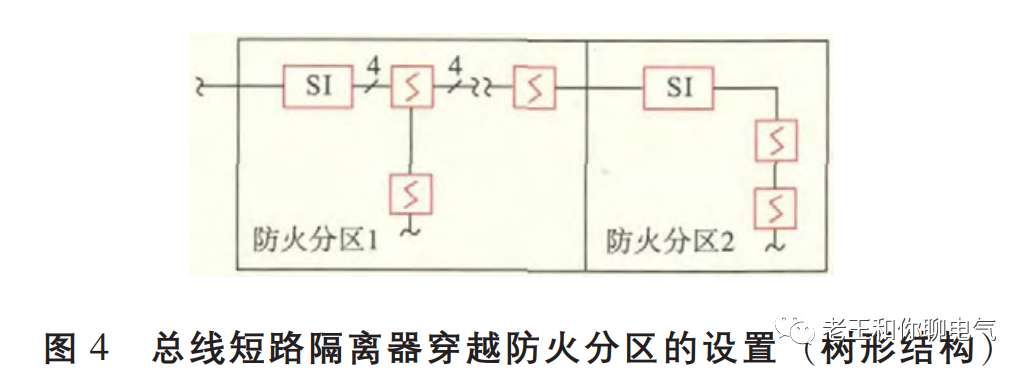
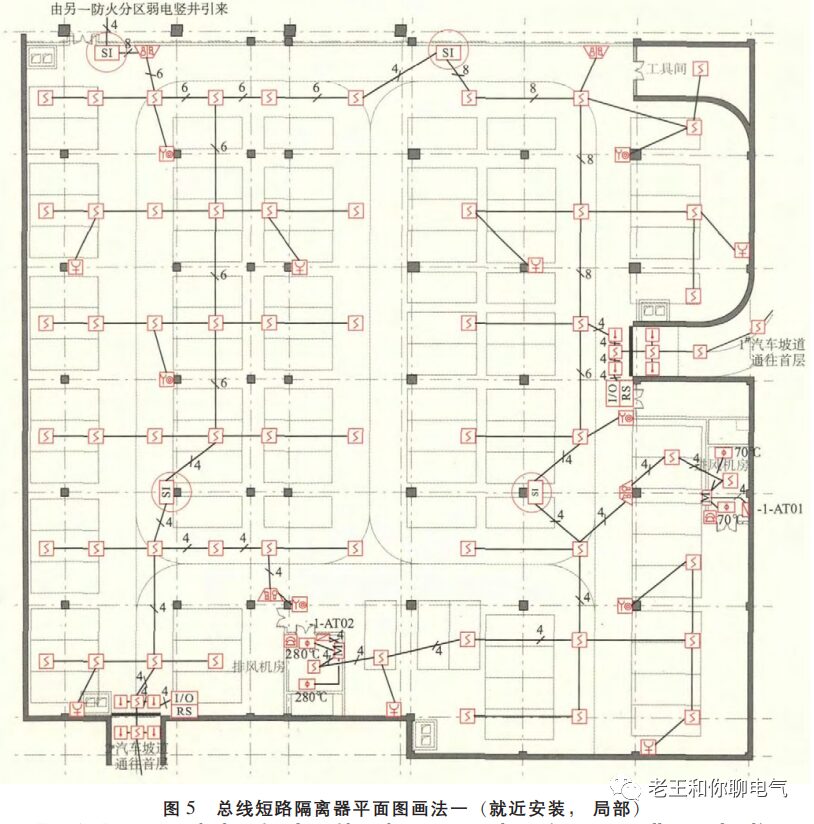
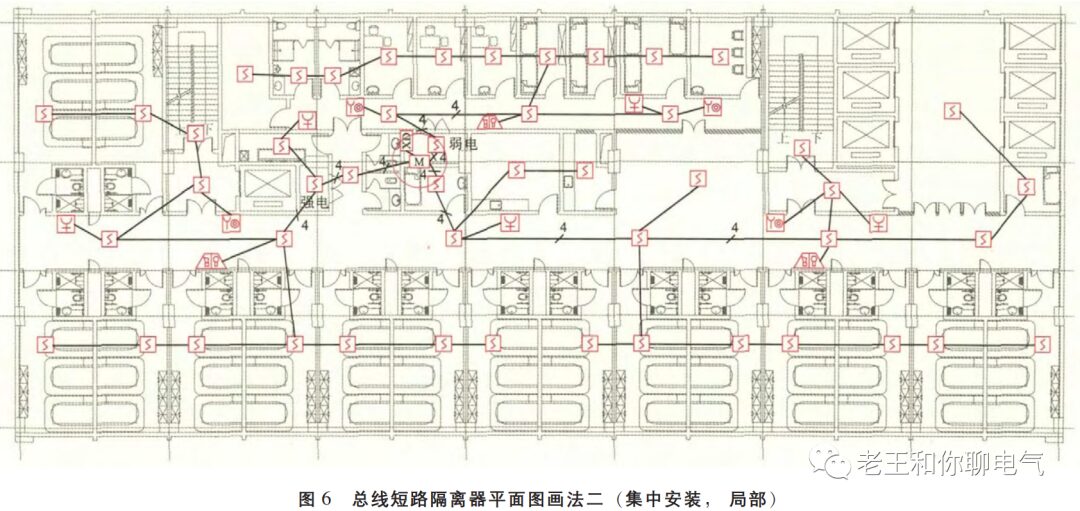
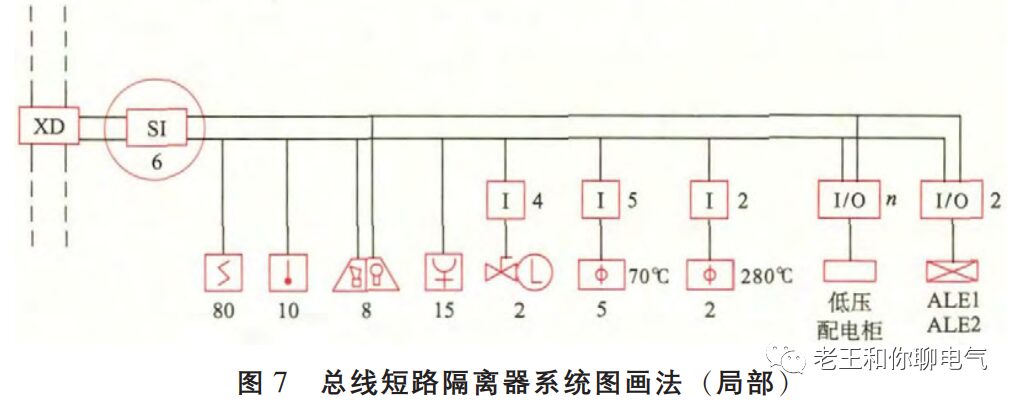
This article is fully published in the “Building Electrical” 2015 Issue 9; please refer to the magazine for the full text.
Copyright belongs to “Building Electrical”.
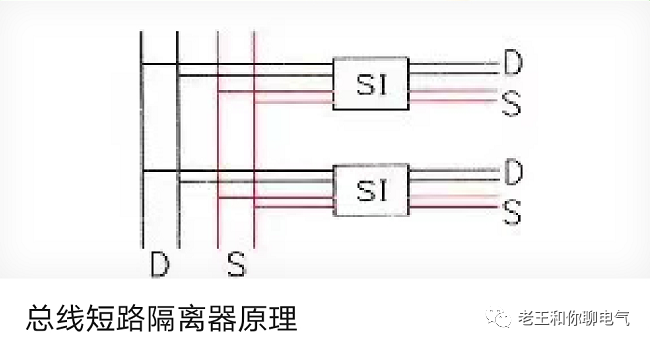







This article is fully published in the “Building Electrical” 2015 Issue 9; please refer to the magazine for the full text.
Copyright belongs to “Building Electrical”.

